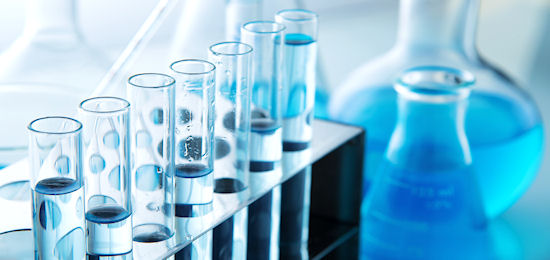Everyday we are watching on the news how people are using the benefits of science and technology. Electronic, chemical and biological warfare, smart weapons, eyes and ears that watch everything and a pile other applications that frighten the average citizen.
A recent article in a local newspaper caused variety of sentiments ranging from fear to admiration and hope.
A inquiring team from the Massachusetts Technological Institute created a laboratory that fits into a microchip. The perfect marriage of chemistry and biology with the computers. This laboratory is no more than a sensitive biosensor that detects pathogenic micro-organisms with incredible speed. More specifically, his first matter is a team of cells from the blood of guinea-pigs, the B lymphocytes, which are part of immunogenic system of mammals and which have undertaken the role of intruders recognition.
The next step was the genetic modification of those cells with the import of genes from an aquatic organism, which codes a fluorescent protein. Thus when the dangerous micro-organism comes in contact with the mutated lymphocytes, they recognize him and activate the fluorescence mechanism. All these take place in a time interval of less than 1 second, while the minimum detectable quantity of the intruder is only five biological units (pe cells).
This biosensor exceeds the potential of any manned laboratory, in speed and in specialisation. Moreover, the initial testing showed that it is not influenced by environmental conditions. The usefulness of such "laboratory" in a case of biological warfare is decisive because of the detection speed. Even more hopeful is the use in hospitals, so that viral infections are diagnosed in time.




